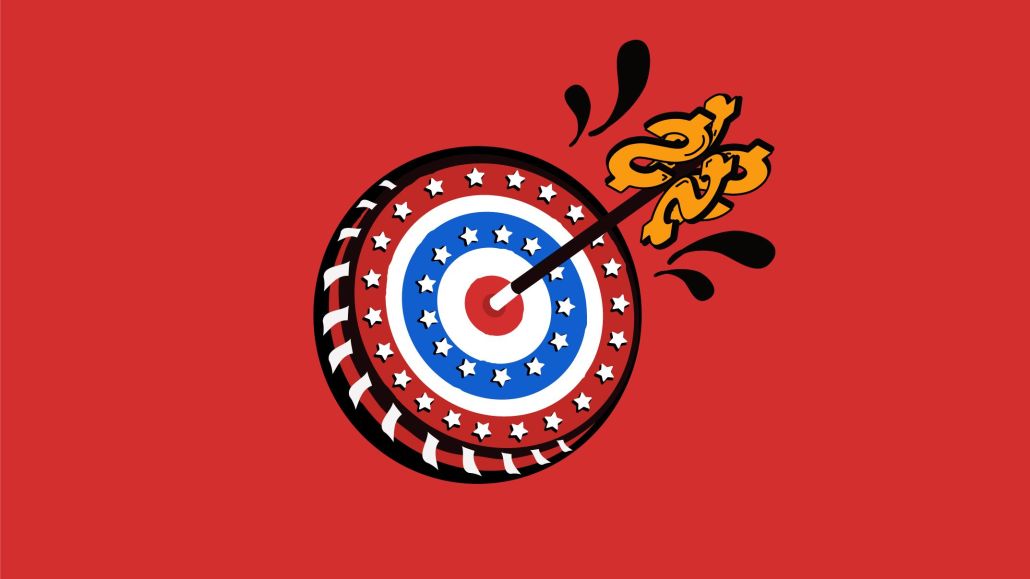After 18 months in the oven, Forbes’s first party data play hits the market

Forbes has spent the past several years trying to build out an ecosystem that can attract and support professional communities. It hopes the diversity of that ecosystem will help set its first-party data platform apart from a growing list of competitors.
After operating it quietly for much of 2020, Forbes is looking to make a big push for ForbesOne, the business publisher’s first party data platform.
While the earliest version of ForbesOne began with 22 audience segments built using user behavior across its website, the platform now synthesizes data from 70 different datasets, allowing every part of the organization to have a nearly real-time picture of how content, users and customers are all behaving across Forbes’s products.
Leadership hopes ForbesOne can help insulate Forbes from the revenue crunch coming with the end of third-party cookies. But there are also hopes the visibility and insights available from ForbesOne can be used across the organization: A product manager might use the way people consume Forbes content before and after virtual events to change the experience future attendees get, or an editor might use content consumption reports to inform future coverage or distribution strategies.
“This is not to replace [our existing products], but to build something better,” Forbes chief revenue officer Jessica Sibley said.
Like most publishers’ first party data platforms, ForbesOne relies principally on the kinds of content people read on Forbes’s site, which newsletters people subscribe to as well as attendance at virtual events and affiliate data pulled from its shopping content.
For demographic data, it relies on a combination of inferences and zero-party data provided directly by Forbes readers, such as job titles. A number of recent product additions have expanded the scope of who ForbesOne can reach.
Forbes put up a paywall on its site last October, a move expected to provide more logged in, known users in addition to incremental consumer revenue; in December, Forbes announced the launch of Forbes Global Properties, a real estate marketplace aimed at high net-worth users; then in January, Forbes launched a newsletter program designed to attract new writers to bolster the publisher’s paid newsletter program (it operates 30 paid newsletters already).
Forbes even sent readers messages asking if they’d answer questions about themselves in return for a more relevant advertising experience. All those, plus dozens more, are pooled to offer advertisers different segment, including several proprietary ones, many of which are anchored to existing Forbes franchises and communities, including Under 30s, small business owners, luxury travel, and finance professionals. All told, Forbes can reach 40% of its audience using ForbesOne, either through a combination of logins, subscriptions, email or lookalike modeling, a spokesperson said.
The higher cost of reaching those segments is “competitive” with what it would cost to target those people with third-party cookies, said Adam Wallitt, the group vp of data strategy, though he did not provide specific prices.
“We want to be able to look at that core audience and figure out what they do across all our platforms,” said Alyson Williams, Forbes’s svp of digital strategy and operations.
Weaving those platforms together took time, as did coaching up Forbes’s sales staff to sell it. The company made ForbesOne the top priority at its semi-annual sales meeting in the summer of 2020, and Forbes’s sales team still has weekly meetings where large chunks of the sales organization, including Forbes’s pre- and post-sales teams, sit in on meetings in which Wallitt and other senior executives walk them through Forbes’s platform. Other parts of the organization, including product and editorial, get regular, in-depth looks and ForbesOne and shifts in the industry. To date, ForbesOne has a 40% renewal rate.
While ForbesOne has been available in some form for most of 2020, it is off to a strong start in 2021. “We’ve seen interest double just coming out of the gate this year,” Sibley said, though that growth may be coming from a small base; during her interview with Digiday, Sibley said that the number of brands that had used Forbes One was “not on the level” of Vox Media’s Forte platform, which had drawn more than 100 different brands into deals in 2020.
That continuous optimization will be needed to keep clients coming back, said Raphael Rivilla, partner of media and analytics at the independent agency Marcus Thomas.
“They’re going to do whatever they can [to keep their data out of open environments],” Rivilla said, noting that, over time, he expects that many publishers will be forced to allow their proprietary segments off their properties and into a kind of open one. “I don’t know how many are going to be able to hold it down.”
More in Media

Digiday+ Research: Publishers’ growing focus on video doesn’t translate to social platforms
Major publishers have made recent investments in vertical video, but that shift is not carrying over to social media platforms.

Technology x humanity: A conversation with Dayforce’s Amy Capellanti-Wolf
Capellanti-Wolf shared insight on everything from navigating AI adoption and combating burnout to rethinking talent strategies.

How The Arena Group is rewriting its commercial playbook for the zero-click era
The company is testing AI-powered content recommendation models to keep readers moving through its network of sites and, in doing so, bump up revenue per session – its core performance metric.








